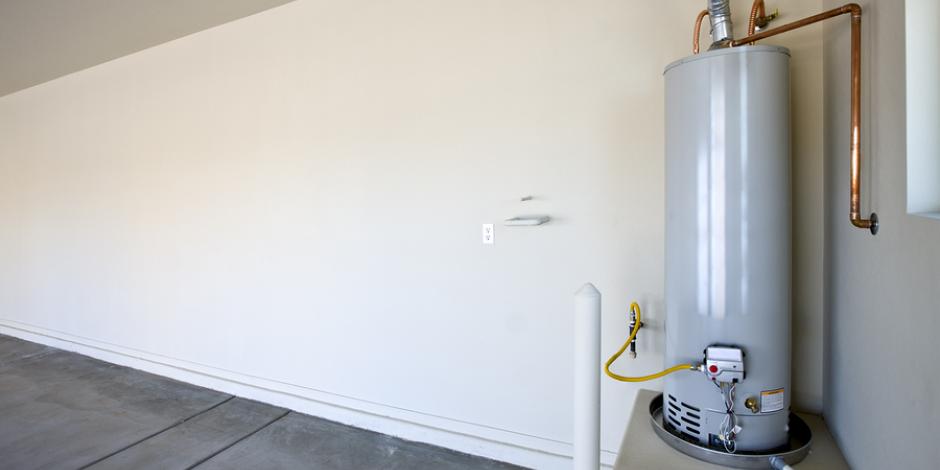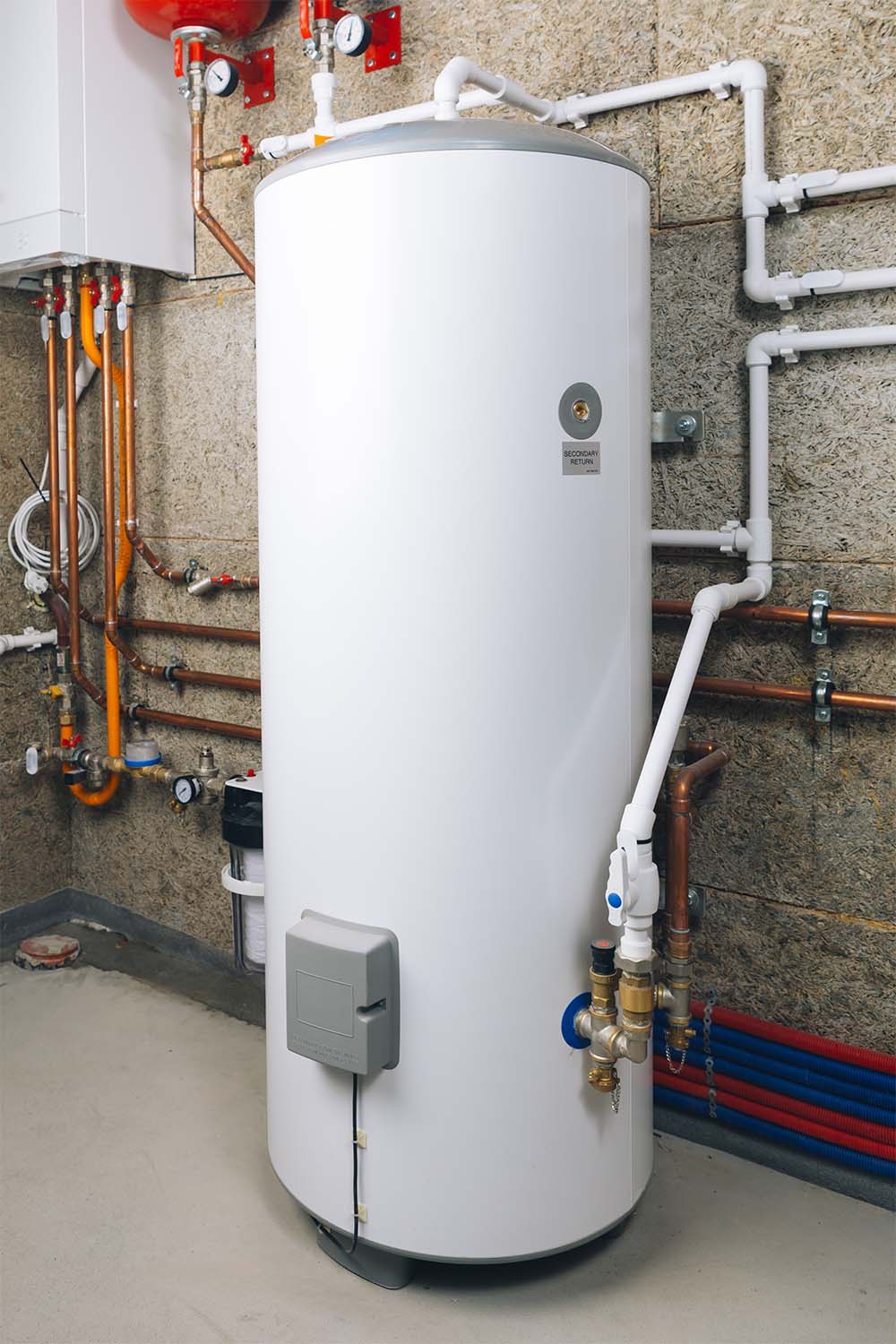The content on the next paragraphs relating to Tips on Maintaining a Water Heater is extremely informative. Have a go and make your own ideas.

Warm water is important for everyday comfort, whether it's for a revitalizing shower or washing recipes. To guarantee your hot water system runs successfully and lasts longer, regular maintenance is vital. This write-up gives functional pointers and insights on just how to keep your home's warm water system to avoid disturbances and costly fixings.
Intro
Keeping your home's hot water system could appear complicated, yet with a couple of basic steps, you can ensure it operates efficiently for several years to find. This overview covers everything from recognizing your hot water system to do it yourself upkeep tips and knowing when to contact professional assistance.
Importance of Preserving Your Hot Water System
Normal maintenance not just extends the life-span of your hot water system yet likewise guarantees it operates effectively. Neglecting upkeep can lead to decreased effectiveness, greater energy costs, and even early failing of the system.
Signs Your Hot Water System Requirements Maintenance
Understanding when your warm water system needs interest can prevent major concerns. Look out for indicators such as inconsistent water temperature, odd noises from the heating unit, or corroded water.
Comprehending Your Hot Water System
Prior to diving into maintenance tasks, it's valuable to comprehend the fundamental parts of your warm water system. Typically, this consists of the hot water heater itself, pipelines, anode poles, and temperature level controls.
Month-to-month Upkeep Tasks
Normal month-to-month checks can help catch minor issues prior to they rise.
Flushing the Water Heater
Purging your water heater removes sediment buildup, boosting effectiveness and lengthening its life.
Checking and Changing Anode Rods
Anode rods prevent deterioration inside the storage tank. Inspecting and replacing them when broken is important.
Inspecting and Changing Temperature Settings
Adjusting the temperature setups ensures optimum efficiency and security.
Do It Yourself Tips for Upkeep
You can carry out several upkeep tasks yourself to maintain your warm water system in leading problem.
Checking for Leaks
On a regular basis check pipes and links for leaks, as these can lead to water damages and higher bills.
Evaluating Stress Alleviation Valves
Checking the pressure safety valve guarantees it functions correctly and protects against excessive pressure buildup.
Protecting Pipes
Shielding hot water pipelines decreases warmth loss and can conserve energy.
When to Call a Specialist
While DIY maintenance is beneficial, some problems require specialist proficiency.
Facility Problems Requiring Expert Aid
Examples consist of major leakages, electrical issues, or if your water heater is constantly underperforming.
Regular Professional Maintenance Advantages
Specialist maintenance can consist of comprehensive evaluations, tune-ups, and making sure conformity with safety and security requirements.
Verdict
Normal maintenance of your home's hot water system is crucial for effectiveness, longevity, and expense savings. By adhering to these tips and knowing when to look for professional assistance, you can make certain a trustworthy supply of hot water without unanticipated disturbances.
Water Heater Maintenance: The Basics
Maintaining your water heater will ensure it operates efficiently and has a longer lifespan. Neglecting regular maintenance can lead to costly repairs and an even bigger chunk of your savings if you have to replace it sooner than necessary. But there’s good news: Most water heater maintenance tasks are relatively simple and easy for homeowners with basic DIY skills.
Flush the Water Heater
Over time, sediment and minerals can build up in the tank, reducing its efficiency and potentially causing damage. To flush the tank, turn off the power or gas supply, attach a hose to the drain valve near the bottom and open the valve to drain the water until it runs clear. Ideally, flush the tank annually.
Replace the Anode Rod
The anode rod is a sacrificial metal rod that helps prevent corrosion inside the tank. Inspect and replace it every three to five years or per the manufacturer's recommendation. To replace the anode rod, turn off the power or gas supply, drain a few gallons of water from the tank, unscrew the old rod and replace it with a new one. If the anode rod is significantly corroded or covered in calcium buildup, it's a sign the water heater may need to be replaced soon.
Tune-Up
A yearly tune-up can help identify potential issues and ensure your water heater operates at peak efficiency. This typically involves checking the thermostat, burner assembly (for gas heaters) and any other components specified by the manufacturer. During a tune-up, the technician may also clean the burner and adjust the pilot light (for gas heaters) or examine the heating elements (for electric heaters).
How to Maintain Your Water Heater
Insulate the tank. Insulating the tank can improve energy efficiency and reduce heat loss, saving you money on energy bills. You can purchase precut insulation blankets designed specifically for water heaters or use standard fiberglass insulation wrapped securely around the tank. Check the temperature. The recommended water temperature for most households is around 120 degrees Fahrenheit (49 degrees Celsius). Higher temperatures can increase energy costs and potentially cause scalding. Use a kitchen thermometer to check the temperature at the faucet nearest the water heater. Monitor water pressure. Excessive water pressure can strain the water heater and cause leaks or even tank failure. Install a pressure-reducing valve if necessary. The ideal water pressure range is between 60 and 70 PSI (pounds per square inch). Test the temperature and pressure (T&P) relief valve. The T&P relief valve is a safety feature that releases pressure if the tank gets too hot or the pressure builds up too high. Test it annually by lifting the lever and allowing a small amount of water to release. Replace the valve if it doesn't release water or reseal properly. Check for leaks. Regularly inspect the tank, pipes and fittings for leaks or corrosion. Deal with issues promptly to prevent further damage. Even a small leak can lead to significant water damage over time. Consider a tankless water heater. If your traditional tank-style water heater is nearing the end of its lifespan ( typically 10 years), consider replacing it with a tankless water heater. These units heat water on demand, reducing standby energy losses and potentially saving you money on your energy bills. Schedule professional maintenance. While homeowners can perform many water heater maintenance tasks, it's still a good idea to schedule professional maintenance every few years. A plumber or HVAC technician can thoroughly inspect the unit, identify potential issues and ensure it operates safely and efficiently. https://www.homeserve.com/en-us/blog/home-improvement/hot-water-heater-maintanence/

As an avid person who reads about How to Maintain a Hot Water Heater in a Few Simple Steps, I figured sharing that excerpt was smart. So long as you enjoyed our blog entry plz be sure to share it. Thanks a lot for taking the time to read it.
Contact
 Jonathan Taylor Thomas Then & Now!
Jonathan Taylor Thomas Then & Now! Richard "Little Hercules" Sandrak Then & Now!
Richard "Little Hercules" Sandrak Then & Now! Charlie Korsmo Then & Now!
Charlie Korsmo Then & Now! Gia Lopez Then & Now!
Gia Lopez Then & Now! Mason Reese Then & Now!
Mason Reese Then & Now!